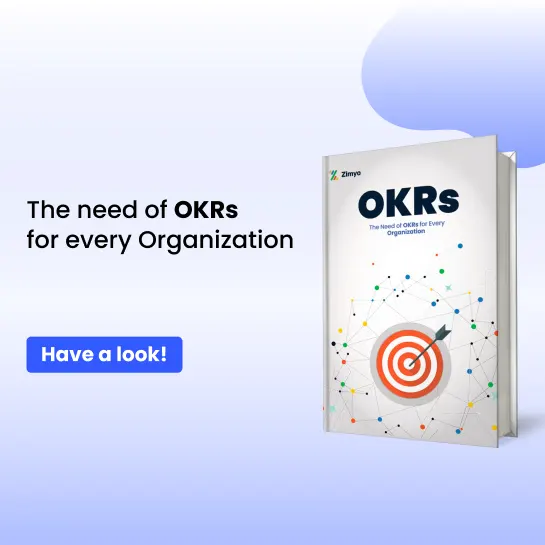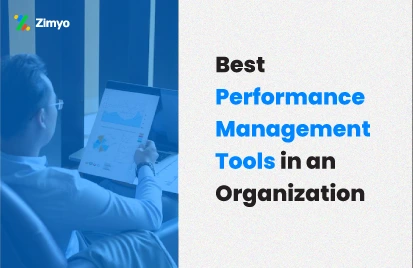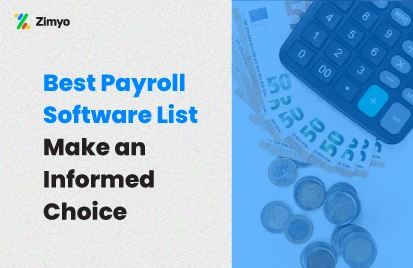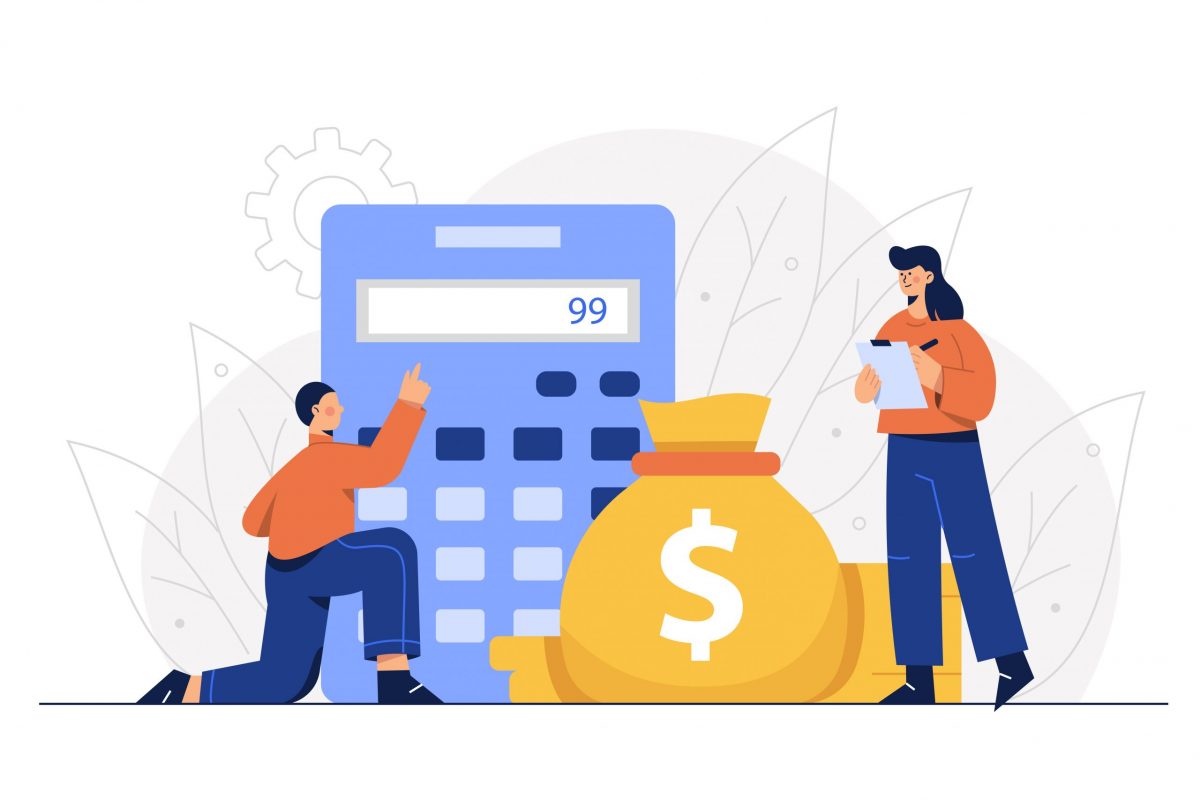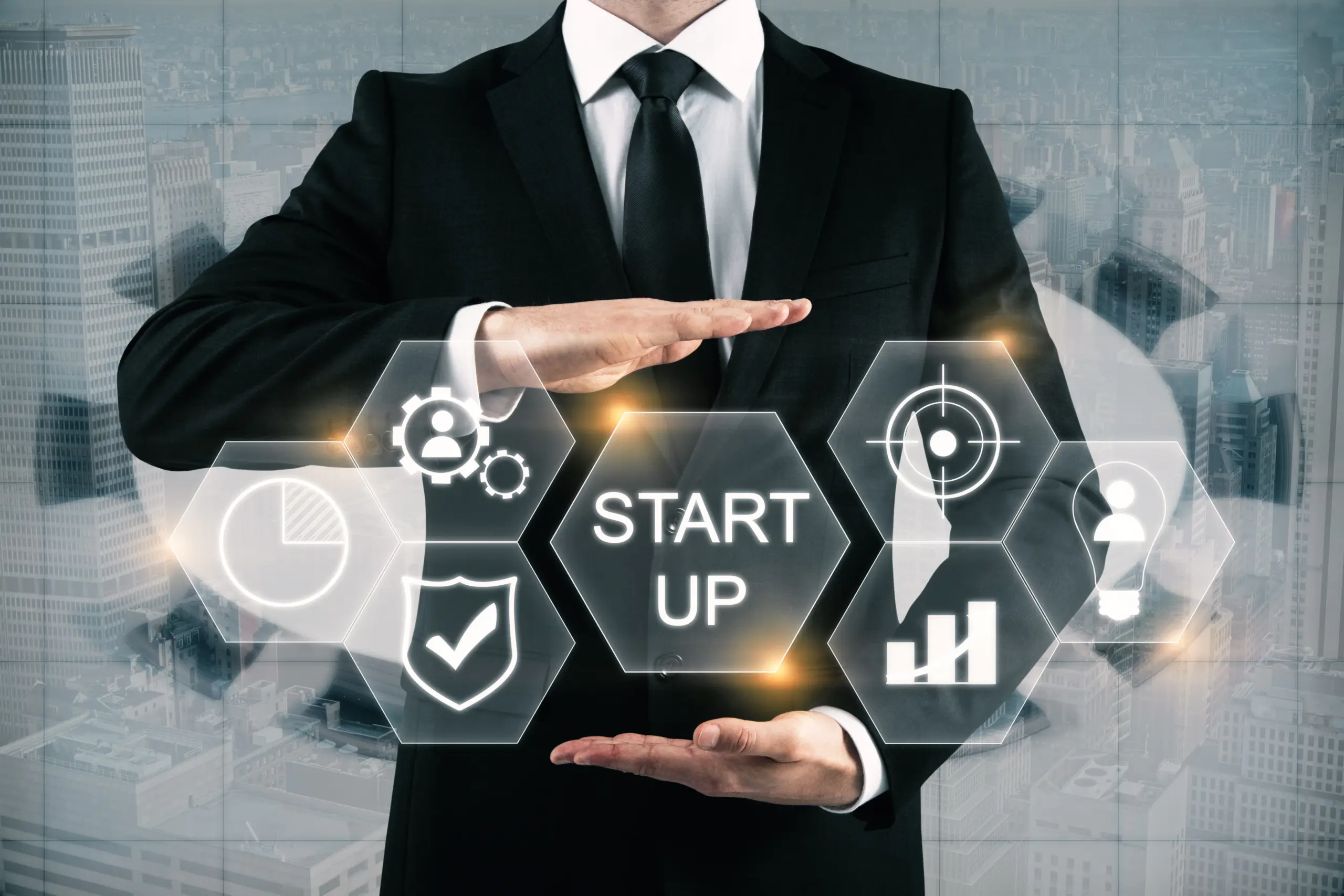HR has Evolved and so has Technology
In today’s fast-paced digital world, manual HR tasks are outdated, inefficient, and prone to errors. From tracking attendance on spreadsheets to processing payroll manually every month, these traditional practices are not just time-consuming, but business-blocking.
Here Begins the Role of HR Automation.
With powerful tools like HRMS systems, HRIS, HCM platforms, and smart payroll management software, businesses can now automate almost every aspect of the human resource lifecycle, from hiring to offboarding.
But what does this really mean? How is all this done on a technical level? And why are companies, big and small, rushing to implement HR automation?
Let’s break it down step-by-step. Simple, jargon-free, and from both business and engineering perspectives.
1. What is HR Automation? The Core Concept Simplified
At its heart, HR automation means using software, algorithms, and AI-driven workflows to eliminate repetitive tasks across the HR department. These tasks include:
- Payroll processing
- Leave tracking
- Attendance management
- Performance reviews
- Employee onboarding/offboarding
- Engagement surveys
- Document management
Instead of relying on manual labor, HR tech allows your HR team to focus on HR strategy, not spreadsheets.
Popular Systems You’ll Hear About:
- HRMS (Human Resource Management System): An all-in-one platform for core HR functions.
- HRIS (Human Resource Information System): Focuses more on storing and managing employee data.
- HCM (Human Capital Management): A broader suite that includes payroll, performance, learning, and analytics.
All of these are types of Human Resource Software. Each system automates parts of the HR lifecycle, some focus more on data, others on operations, some on engagement and performance.
2. Payroll Automation: The Backbone of HR Tech
Payroll is one of the most error-prone, sensitive, and time-consuming HR tasks. Delays or mistakes can hurt employee trust, and even invite legal trouble.
What Payroll Automation Really Does:
- Automatically calculates salaries, taxes, PF, ESI, bonuses, and deductions
- Applies government-compliant rules for each payroll cycle
- Directly integrate with attendance and leave management systems
- Generates pay slips and tax reports in seconds
- Enables direct salary disbursement via bank integrations
From the Engineer’s Desk:
Payroll software connects multiple databases and APIs:
- Attendance API: Fetches log-in/log-out data.
- Leave Management API: Calculates paid/unpaid days.
- Tax Calculation Engine: Applies slab rates.
- Banking API: Pushes payments directly.
- Compliance Engine: Updates based on labor law changes.
That’s end-to-end automation in action, making payroll cycles error-free, fast, and scalable.
3. Performance Management: From Paper to Predictive
Gone are the days of annual appraisals done on paper forms or Excel files. Now, employee performance management systems offer dynamic, real-time tracking.
What’s Automated:
- Setting OKRs (Objectives and Key Results)
- 360-degree feedback collection
- Self-assessments and manager reviews
- Performance analytics and reports
- Promotion and increment recommendations
Tech Perspective:
These tools use data models and behavior tracking to detect:
- Productivity drops
- Goal completion status
- Skill development trends
- Peer-to-peer recognition patterns
Some advanced platforms even integrate AI models to give performance scores and predict attrition.
4. Employee Engagement Software: Measuring the Unmeasurable
Engagement is no longer guesswork. With employee engagement software, HR leaders can now track how connected, satisfied, and motivated employees are.
Automated Features:
- Pulse surveys with analytics
- Mood tracking dashboards
- Anonymous feedback collection
- Birthday/anniversary notifications
- Automated celebration messages or rewards
Technical Details:
These platforms use Natural Language Processing (NLP) to analyze open feedback, and sentiment analysis algorithms to measure tone and mood. APIs also connect engagement data to performance tools for correlative insights.
Why It Matters:
Better engagement leads to:
- Higher retention
- Improved collaboration
- Enhanced productivity
5. Automating Recruitment & Onboarding
From screening resumes to issuing offer letters, AI and automation tools are taking over recruitment tasks.
Automated Processes:
- Resume parsing and shortlisting
- Chatbot-based candidate screening
- Interview scheduling with calendar tools
- Digital document collection
- E-signatures and policy acknowledgment
- Virtual onboarding workflows
What Engineers Build:
- Resume parsers using machine learning
- Scheduling tools connected to Outlook/Google Calendar APIs
- Document verification via OCR technology
- Workflow engines using low-code platforms
It’s recruitment, reimagined.
6. Compliance, Audits & Document Control: Fully Digitized
HR automation isn’t just about making tasks faster—it’s about ensuring nothing goes wrong. Regulatory compliance, audits, and file management are simplified with HR document automation systems.
What’s Covered:
- Auto-updated labor law modules
- Compliance checklists
- Audit trails
- Policy version control
- Digital document storage
The Tech Layer:
- Blockchain (in some tools) to secure record trails
- Rule engines to match country/state regulations
- Cloud-based HRMS to keep data accessible but safe
This makes your HR system audit-ready 24×7.
7. Real-Time Analytics and Dashboards
What good is automation if you can’t measure it?
Today’s HR management systems come with real-time dashboards that show:
- Employee productivity trends
- Attendance patterns
- Overtime calculations
- Attrition forecasting
- Training and L&D analytics
Technical Details:
These use data visualization libraries (like D3.js, Chart.js) and backend APIs that refresh every few seconds or minutes.
8. Security & Access Controls: No Room for Errors
In any automated HR system, access must be role-based and tightly controlled.
Engineers use:
- OAuth 2.0 / SAML-based login protocols
- Encryption (AES 256-bit for data-at-rest)
- Two-factor authentication
- Audit logs for all activity
This ensures your payroll data, performance records, and personal information are always protected.
The Crux is to Automate HR Tasks & Accelerate Business Growth
HR automation isn’t a luxury anymore—it’s a non-negotiable business driver. Whether you’re a startup or an enterprise, the ROI from automating HR tasks, especially payroll, performance, and engagement, is massive.
The best part? You don’t need a huge IT team to get started. With modern HR software platforms, you can begin with payroll automation and scale to full-suite HRMS within weeks.
So, if you’re still running HR on Excel, it’s time for an upgrade. From payroll to productivity, HR automation changes everything.

